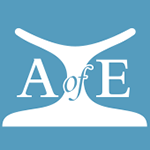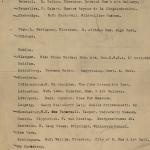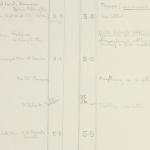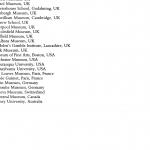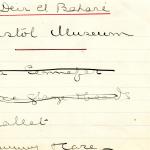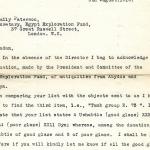Brighton, Brighton Museum and Art Gallery
The Brighton Museum and Art Gallery started as the Royal pleasure pavillion built for the Prince of Wales, George IV, and appropriated by the for art exhibitions by 1851, and buildings on premisis was being used as a museum by 1856. Like many local museums the collection is diverse, encompasing fine and decorative art, natural history, textiles, ethnographic and archaeological material.
The Egyptology collection was championed by Brighton native Francis Llewellyn Griffith and his brother Arthur, and has a substantial Nubian collection from Griffith's excavations.
Related archive documents
Serpico, Margaret 2009. The Griffith family and the formation of the ancient Egyptian collection at Brighton Museum and Art Gallery. In Magee, Diana, Janine Bourriau, and Stephen Quirke (eds), Sitting beside Lepsius: studies in honour of Jaromir Malek at the Griffith Institute, 491-513. Leuven: Peeters; Departement Oosterse Studies.
Weigall, Arthur E. 1900. The funeral tablets in the Brighton Museum. Proceedings of the Society of Biblical Archaeology 22, 272-273.
